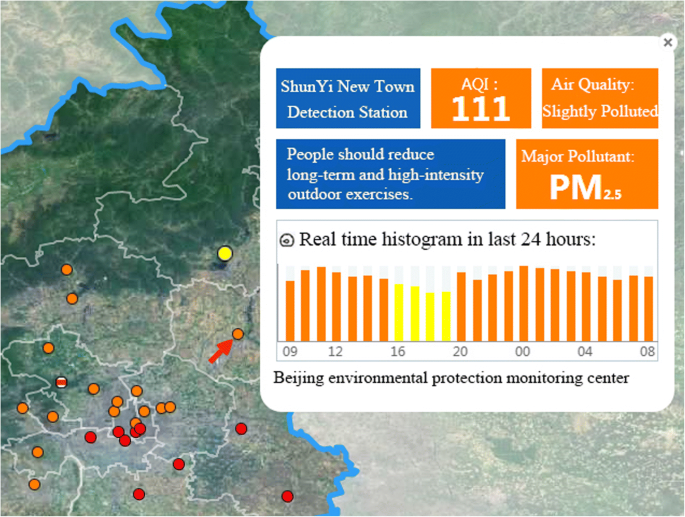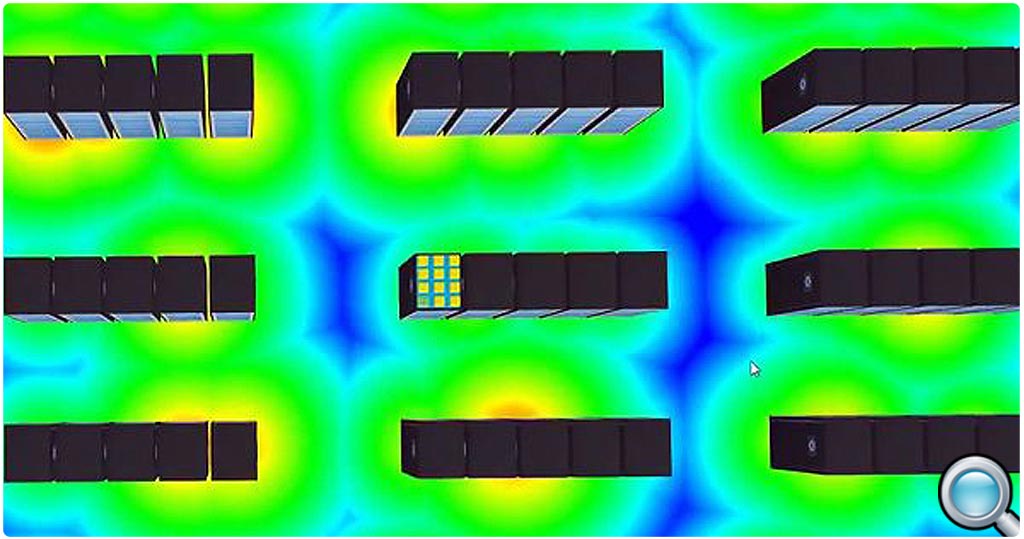
Consequently, the cost of PD will skyrocket. PD patients in France are estimated to be 260,000 in 2030, corresponding to an increase of 65% compared with 2010 ( 3). China has the largest number of PD patients in the world, which are estimated to grow to 5 million in 2030 ( 2). With the global trends in aging, the number of people affected by PD is expected to increase significantly. In America, the incidence of PD among people over 65 years old is about 1.6%, with 50,000 to 60,000 new cases diagnosed annually ( 1). Parkinson's disease (PD) is one of the most common neurodegenerative diseases, mainly affecting the middle-aged and the elderly. To the best of our knowledge, this is the first study to specifically visualize the relationship between pesticide exposure and PD, and forecast research tendency in the future. The hot topics, valuable articles, and productive authors in this research field could be found after that. Based on 1767 articles from the Web of Science Core Collection and PubMed database, this study carried out the analysis from the keywords, cited references, countries, authors, and some other aspects by using Citespace.

This paper aims to explore the knowledge structure, analyze the current research hot spots, and discuss the research trend through screening and summarizing the present literature. Some pesticides have been demonstrated to be associated with PD by many previous studies and experiments, and an increasing number of researchers have paid attention to this area in recent years. Both genetic and environmental factors contribute to the onset and progression of PD.

The etiology and pathogenesis of Parkinson's disease (PD) have not yet been clearly described. 3School of Information and Safety Engineering, Zhongnan University of Economics and Law, Wuhan, China.2Department of Neurology, Renmin Hospital of Wuhan University, Wuhan, China.1Research Center for Environment and Health, Zhongnan University of Economics and Law, Wuhan, China.We will also make fundamental contributions to data visualization, visual analytics, and related subfields by engaging in co-design projects with both ORNL domain experts and academic collaborators to solve the specific data analysis challenges.Chaoyang Liu 1,2,3 *, Zehua Liu 1,3, Zhentao Zhang 2, Yanan Li 1,3, Ruying Fang 1,3, Fei Li 1,3 and Jingdong Zhang 1,3

The ORNL VISTA Lab will serve as a hub for ORNL data visualization expertise by building a community that spans directorates, sharing knowledge, and fostering collaboration. When designed in close collaboration with domain experts, visual informatics systems can lead to new depths of understanding through a process that guides scientists to significant, and sometimes unforeseen, discoveries. Through years of experience working with experts in a variety of data rich fields, we have observed that the need for a balanced human/machine centered approach in data exploration is universal and interactive data visualizations that are developed in conjunction with automated analytical processes yield effective solutions. Encompassing interactive data visualization and analysis techniques, well-designed visual informatics allow flexible and comprehensive data exploration by integrating human cognition with the computational power of machines. Successful execution of the VISTA Lab mission will enhance ORNL's reputation as a premiere institution for advanced data analytics research.ĭata exploration is integral to the scientist’s quest to gain a quantitative understanding of their data. By acting as a bridge connecting ORNL data visualization specialists across multiple directorates to domain-specific data analysis challenges, the VISTA Lab will help improve experts' ability to transform the vast volumes of data generated at ORNL into crucial knowledge in domains of national significance. The mission of the ORNL Visual Informatics for Science and Technology Advances (VISTA) Lab is to improve domain experts’ ability to explore large and complex data through the development and application of interactive data visualization and analysis systems.



 0 kommentar(er)
0 kommentar(er)
